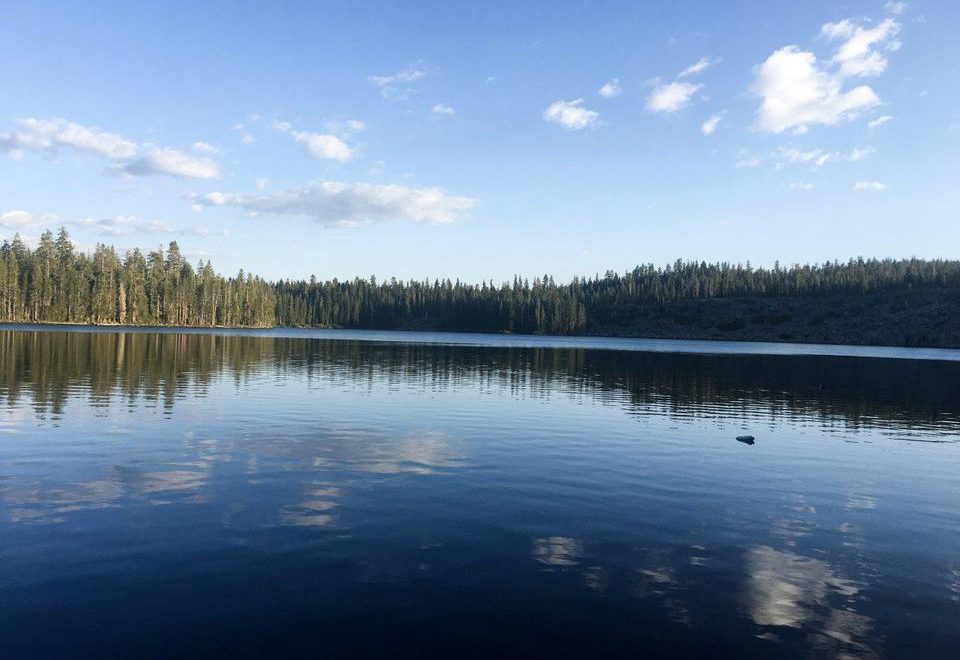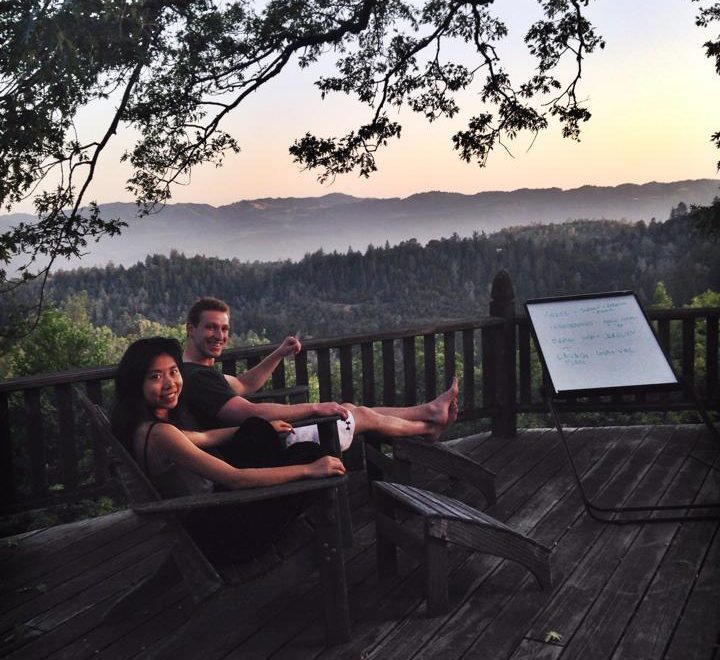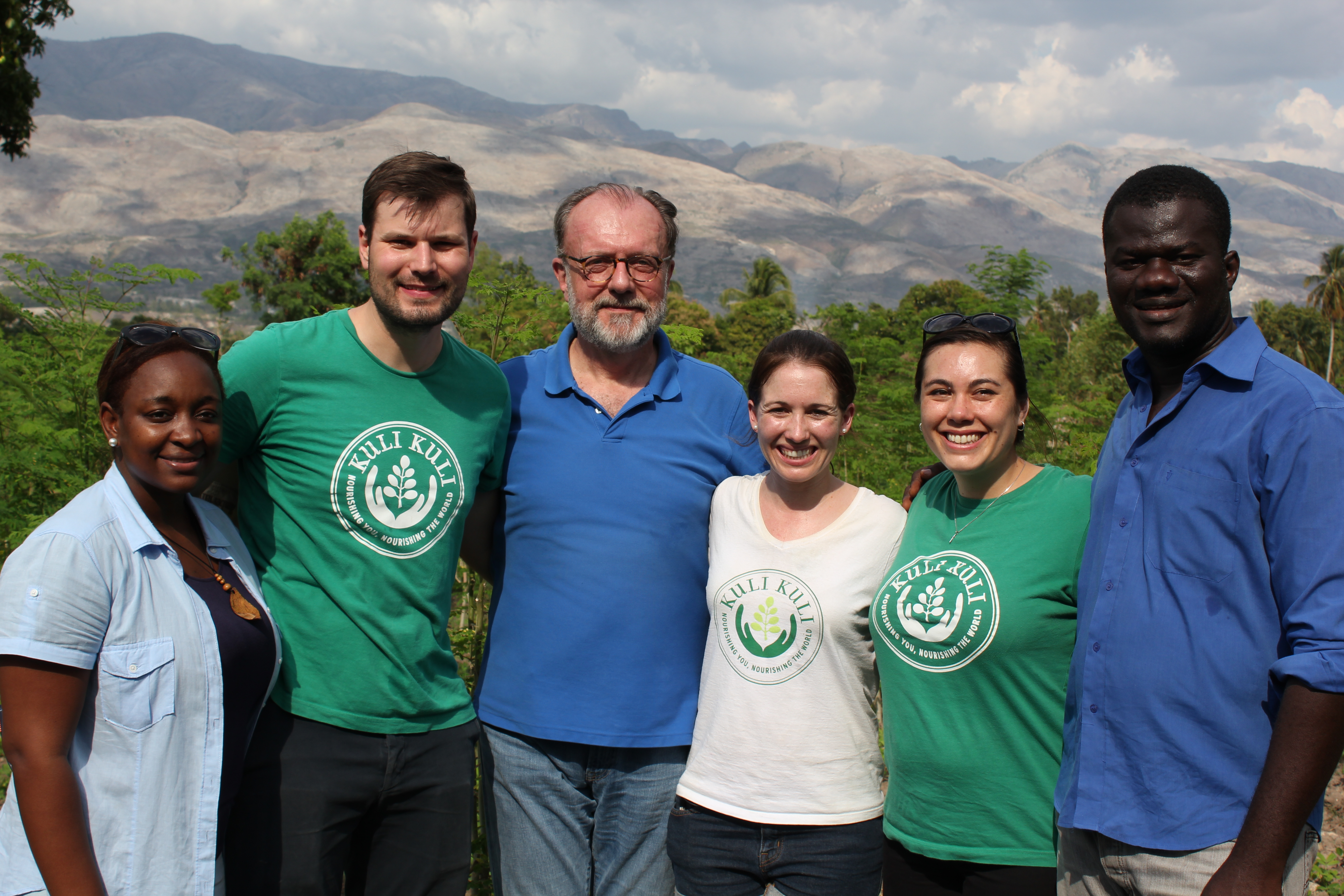
The more successful Kuli Kuli becomes, the less my day-to-day activities look like work. Often my teammates look at me funny when I tell them how I’m “working” while hobnobbing with conscious company leaders in a hot tub in the redwoods, chatting with “village-minded” investors while horseback riding in Montana or luxuriating at fancy hotel in upstate new york for two weeks surrounded by “unreasonable” social change leaders. While some might view these adventures as a distraction from work, I firmly believe that work retreats are often the most productive use of my time. They are the places where many of the investors, partners and ideas that have made Kuli Kuli successful have come from. I believe in them so strongly that I try to create regular work retreats for my team.
Retreats are all the rage nowadays – whether it be for yoga, meditation, religion, or in my case, business. Since day one, my moringa business Kuli Kuli has held at least annual, and often quarterly retreats. Many entrepreneurs view retreats as a frivolous and unnecessary cost. However, I’d argue, after seeing results, there is no way my company could afford to not host a retreat.
Life at a startup is like being a 9-11 responder — someone is always reaching out to you with an urgent issue that needs to be resolved immediately.Though the stakes are lower than the issues of most people who call the emergency hotline, it can feel just as high-stakes as the outcome can ultimately mean life or death for the business. I personally find working in a high-stakes environment exhilarating, but even I have to admit that it is undeniably exhausting and doesn’t lend itself well to to insightful discussions and strategy.
Enter team retreats.
Kuli Kuli’s team retreats allow us to take a step back from the day-to-day fires and take the thousand-foot view on our company while giving our team time to connect on deeper level. We structure the retreat to allow equal time for productive group discussions about company goals and objectives while also dedicating time to creativity, personal development and connection building.
It is so easy to get stuck in our daily tasks and forget to be intentional with the relationships and people we spend much of our life working alongside. In getting too caught up in the success of the business, CEOs can lose their humanity and start thinking of employees as numbers, rather than living, breathing, opinionated humans. Each employee is an investment with the goal of adding value to the company, which is exactly why you take the time to ask them about their weekend and seek to get to know their loved ones.
Although I do what I can to acknowledge everybody’s contribution during the work week, an inevitable hierarchy of sorts ensues in the business environment. By taking a step back and getting out of the office and into a neutral playing field, magic happens.
One of my favorite parts of Kuli Kuli’s recent retreat was a “share your passion” activity where we asked everyone to spend five minutes discussing something they’re passionate about that has nothing to do with work. I’ve spent years working with some people on my team and never knew that they were artists, musicians, surfers and comic book collectors .
Coming back from our retreat, our entire team is always energized, connected and ready to tackle Kuli Kuli’s grand challenge – how to increase economic opportunities for women in need while also addressing malnutrition– a reality faced by 13% of today’s global population, according to World Hunger Statistics. This beautiful mission of ours often gets lost amongst emails and meetings. Only when my team and I get to leave the confines our Oakland office, can we evaluate our work and mission on a larger scale.
Similar to losing weight, tackling the world’s toughest challenges is easier in a group. We are social creatures and other people are always more motivating than our own inner voices. When one human thinks “I want to end malnutrition”, it can only go so far. At a work retreat, when you can organize a whole team and collectively press pause on everything else, you are able to target the same problem with animation and passion — together, you can change the world.
If you’re convinced and ready to make your team retreat happen, here’s a structure that I’ve found works really well for a 2.5 day retreat:
Day One – Focus on Knowing Yourself
Drive/Fly somewhere remote enough that you can’t firefight. If you have the budget, hire a retreat facilitator so it’s not you leading everything (we’ve loved working with StartHuman). Ask your team to take a personality test in advance, like Myers Briggs or StrengthsFinder. Start with a goal/expectation-setting exercise for the retreat and then review everyone’s personality test results, ideally through a fun activity. We also often do a Founder “Ask Me Anything” over dinner.
Day Two – Hone in On Values and Trust
We loved using this Marble Jar activity inspired by Brene Brown to talk to each other about things that make us lose or gain trust in our teammates. We talked about our values, and learn about the importance of starting with why from Simon Sinek. Our grown-up version of a talent show with a 5 minute “Share Your Passion” activity was a real hit. Lastly, we always do a top-chef style dinner competition where we split off into teams and everyone is assigned a recipe to make with moringa. The catch, and teamwork building part of this, is that only one person (ideally non-management) knows what the final dish is and has to direct everyone else on the team.
Day Three – Envision Success and Show Gratitude
Using sticky notepads, have everyone on the team brainstorm their 1 year, 5 year and 10 year vision for the company. Then ask everyone to rank those visions until you drill down into the core of what you want to accomplish. Spend the rest of the afternoon focused on your rocks for the quarter and the coming year. If the word rocks doesn’t make sense, make sure to read an awesome book called Traction that will change the way you think about goal-setting.
I’d love to hear how it goes! Connect with me on Twitter, LinkedIn or Instagram.










